Your basket is currently empty!
Home / Mushroom Guide /
Field Mushroom
Field Mushroom
This used to be a very common mushroom but is becoming harder to find due to loss of habitat and the chemical sprays used nowadays.
| Mushroom Type | |
| Common Names | Field Mushroom (EN), Meadow Mushroom, Madarch y Maes (CY), Pieczarka Łąkowa (PL), Mezei Csiperke (HU) |
| Scientific Name | Agaricus campestris |
| Season Start | May |
| Season End | Nov |
| Average Mushroom height (CM) | 5-7 |
| Average Cap width (CM) | 5-8 |
Cap
5-8 cm. White, sometimes discoloured grey/brown, can be scaley or smooth. Starting spherical and opening out flat. Can bruise slightly pink. The cuticle often hangs down over the edge of the cap and is a good indicator of a Field Mushroom.
Gills
Crowded and free from the stem. The gills start deep pink and soon turn to dark brown with maturity.
Stem
5-7 cm long, 1-2 cm diameter. White and smooth above the ring, slightly scaly below, tapering at the base. The ring is delicate and only traces of it can usually be found.
Possible Confusion
The toxic Yellow Stainer (Agaricus xanthodermus), but this mushroom stains chrome yellow when bruised or cut and smells of Indian ink, hospitals or iodine.
Spore Print
Chocolate brown. Ovoid. You should scrape your spores into a small pile to get an accurate spore colour.
Taste / Smell
Mushroomy. Should be cooked before consumption.
Frequency
Occasional but widespread, might be locally common, however becoming less so in fields that are sprayed with chemicals.
Other Facts
In March 2025 the IUCN (International Union for Conservation of Nature) added 1000 fungal species to the IUCN Red List of Threatened Species. The IUCN (Global) Conservation Status of Field Mushroom (Agaricus campestris) is: LC – Least Concern, with stable population. For more information, see on the following link



 (99 votes, average: 3.73 out of 5)
(99 votes, average: 3.73 out of 5)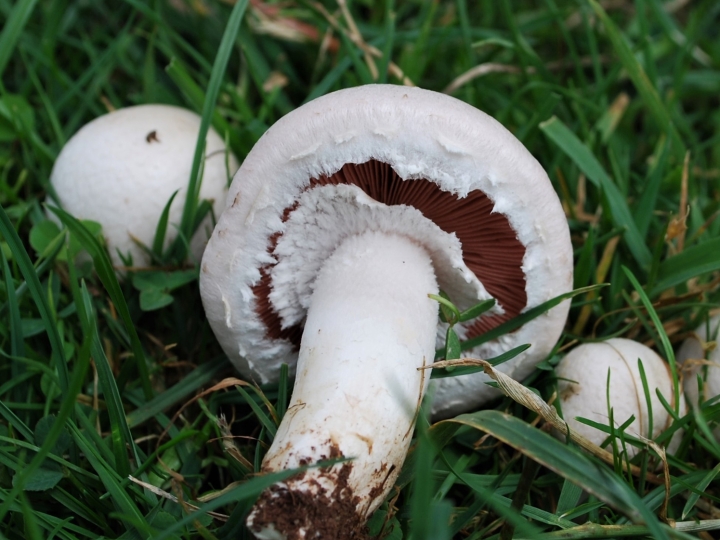















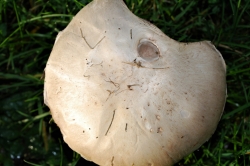
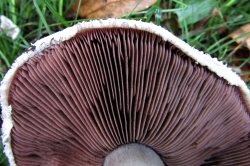
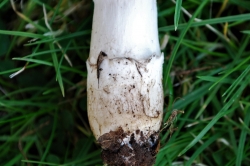
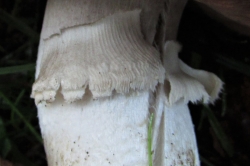
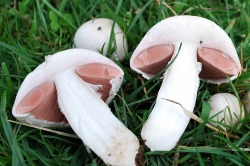
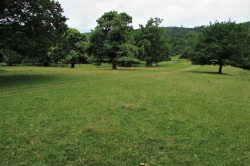
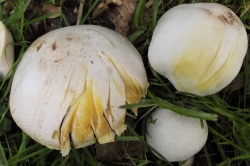
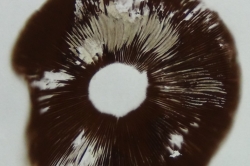



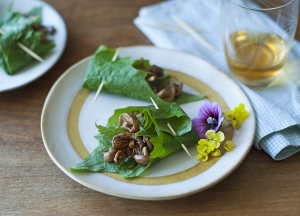









Leave a Reply